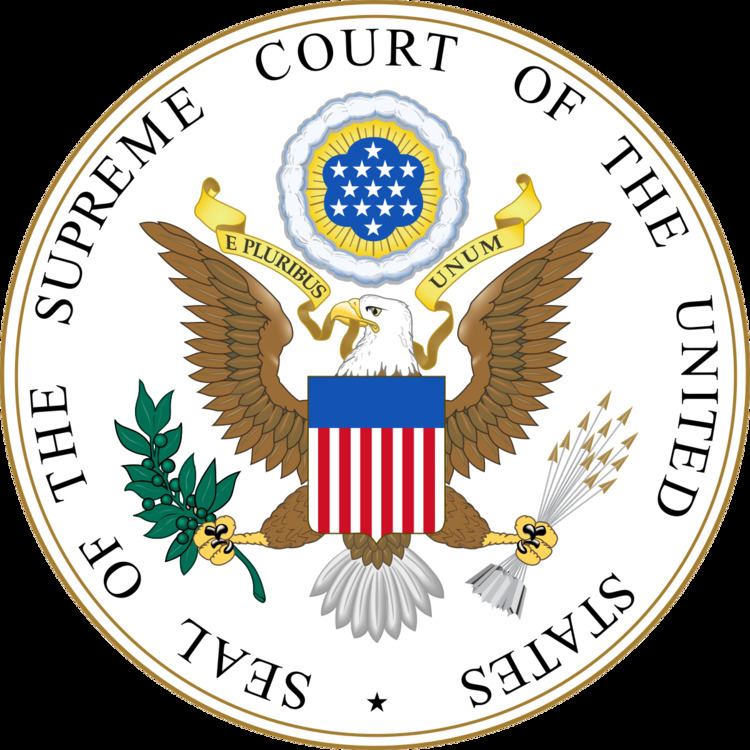 | ||
Under Article III of the United States Constitution, the Supreme Court of the United States is the highest federal court of the United States. The court, established in 1789, has appellate jurisdiction over all federal courts, as well as appellate jurisdiction over state court cases involving issues of federal law. Since the passage of the Judiciary Act of 1869, the court has consisted of the Chief Justice of the United States and eight Associate Justices, although Congress can, by law, change the number of Associate Justices. The Advice and Consent Clause of Article II of the Constitution establishes that individuals join the court after nomination by the President of the United States and confirmation by the United States Senate. Article III establishes that Justices serve lifetime tenures on "good behavior," and no Supreme Court Justice has ever left the court except by death, resignation, or retirement, although Congress did attempt to impeach one Justice in 1804. The Constitution does not establish qualifications regarding age or experience for Supreme Court nominees, but since World War II all nominees have possessed a law degree and many have had previous experience serving on an appellate court.
The lifetime tenure, power, and political independence of the judiciary occasionally make nominees quite controversial, and some nominees have failed to win confirmation from the Senate. As of 2016, there have been 161 formal nominations, 124 confirmations (including elevations to Chief Justice and instances where the nominee did not serve), and 112 Supreme Court justices. 39 of the 43 presidents have appointed at least one Supreme Court Justice.[1] George Washington appointed the most Supreme Court Justices (11), followed by Franklin D. Roosevelt (9, including the elevation of one Associate Justice) and Andrew Jackson (6). The table that follows lists Presidential nominees who had been referred for the “advice and consent” of the Senate, in chronological order by date of nomination.
Only nominations which have been formally sent to the Senate are listed; potential nominations which were withdrawn prior to formal submission to the Senate are not listed (including that of Douglas H. Ginsburg). When a President nominates an individual to the Supreme Court, he informs the Senate of the nomination via a letter. The “Date of Submission to Senate” is the date of that letter. When the Senate voted on the nominee, the "vote" column shows the result of that vote (which is not necessarily the confirmation vote); "voice" indicates that the Senate passed the vote in a voice vote, and no vote tally was recorded.
The "Result" section has seven possibilities:
